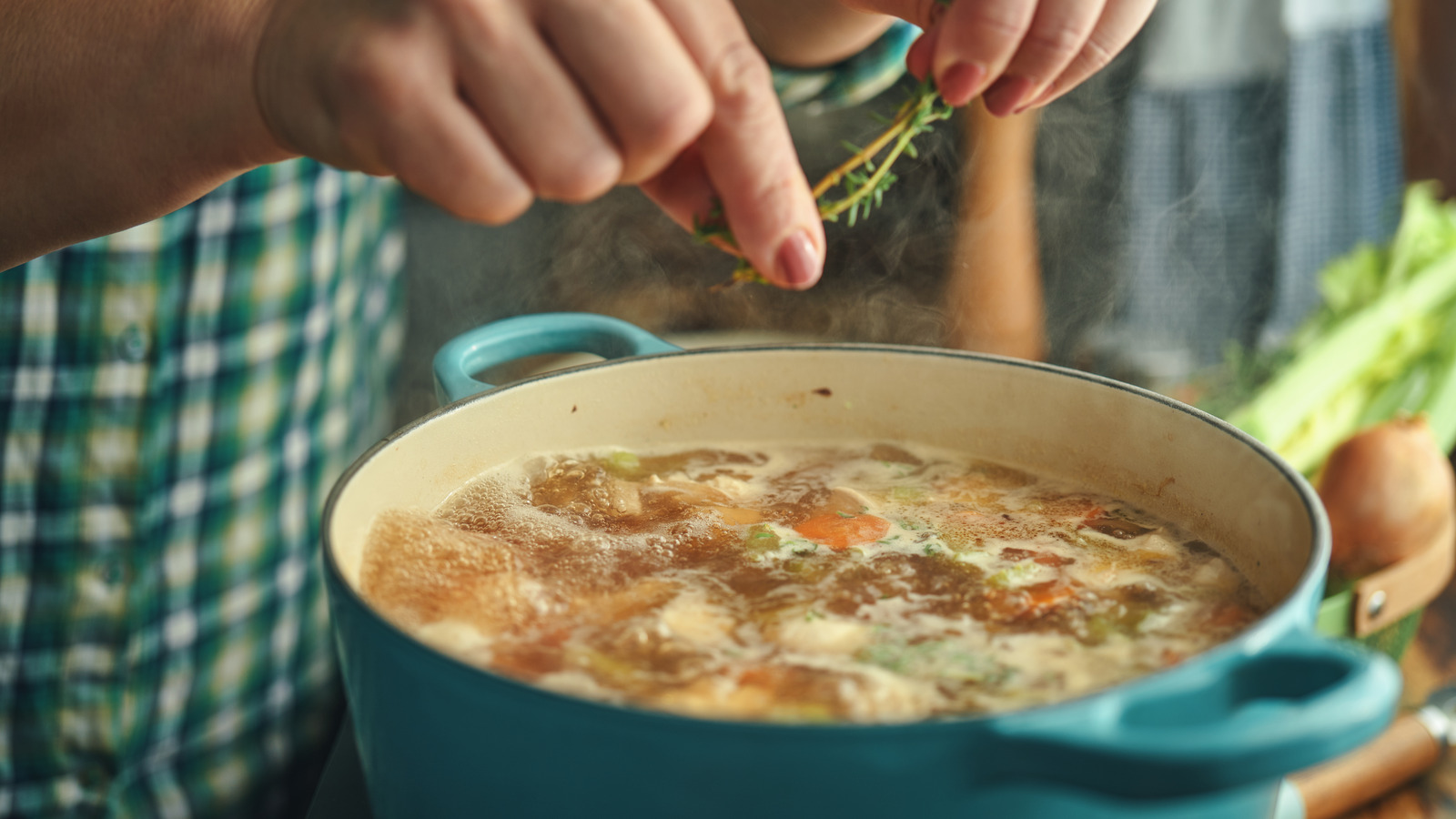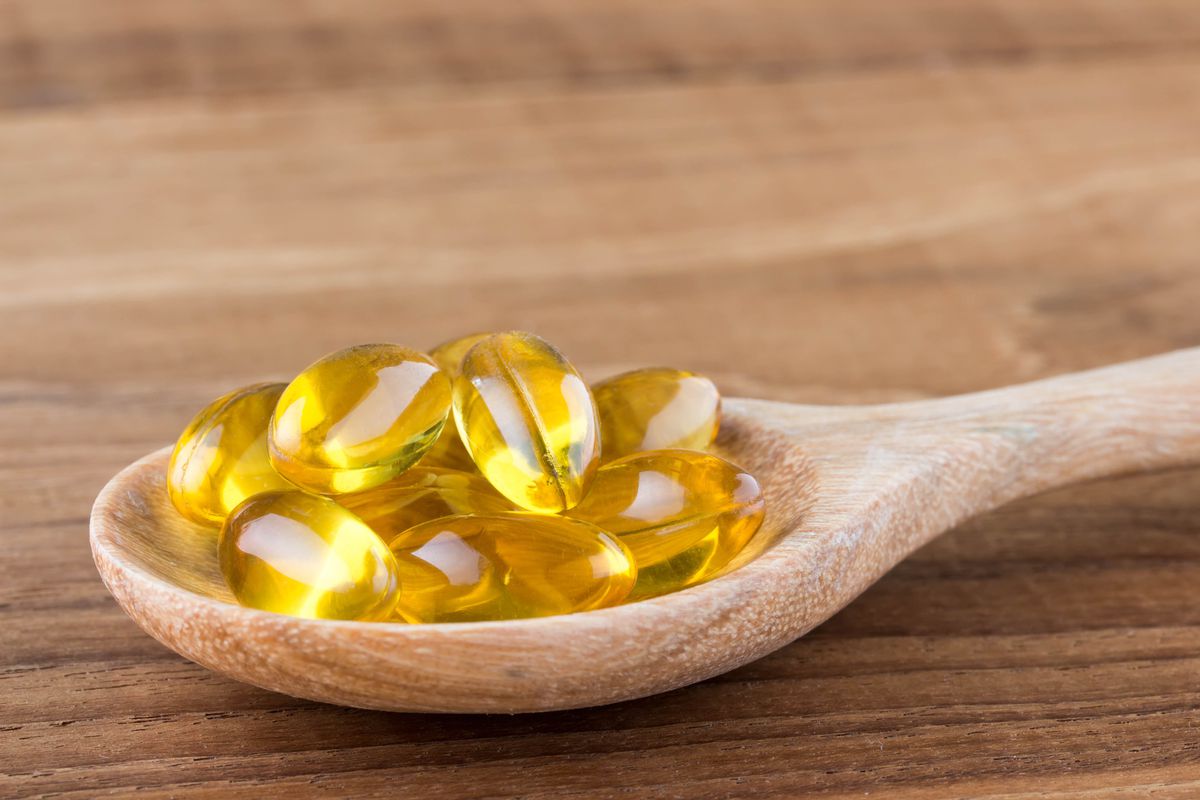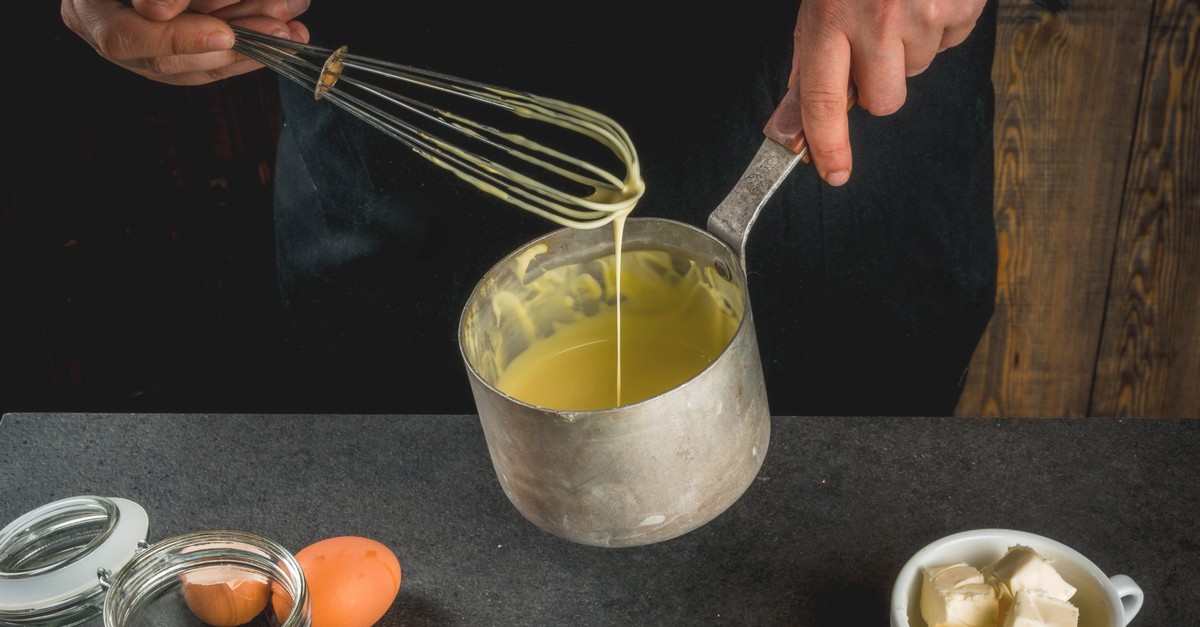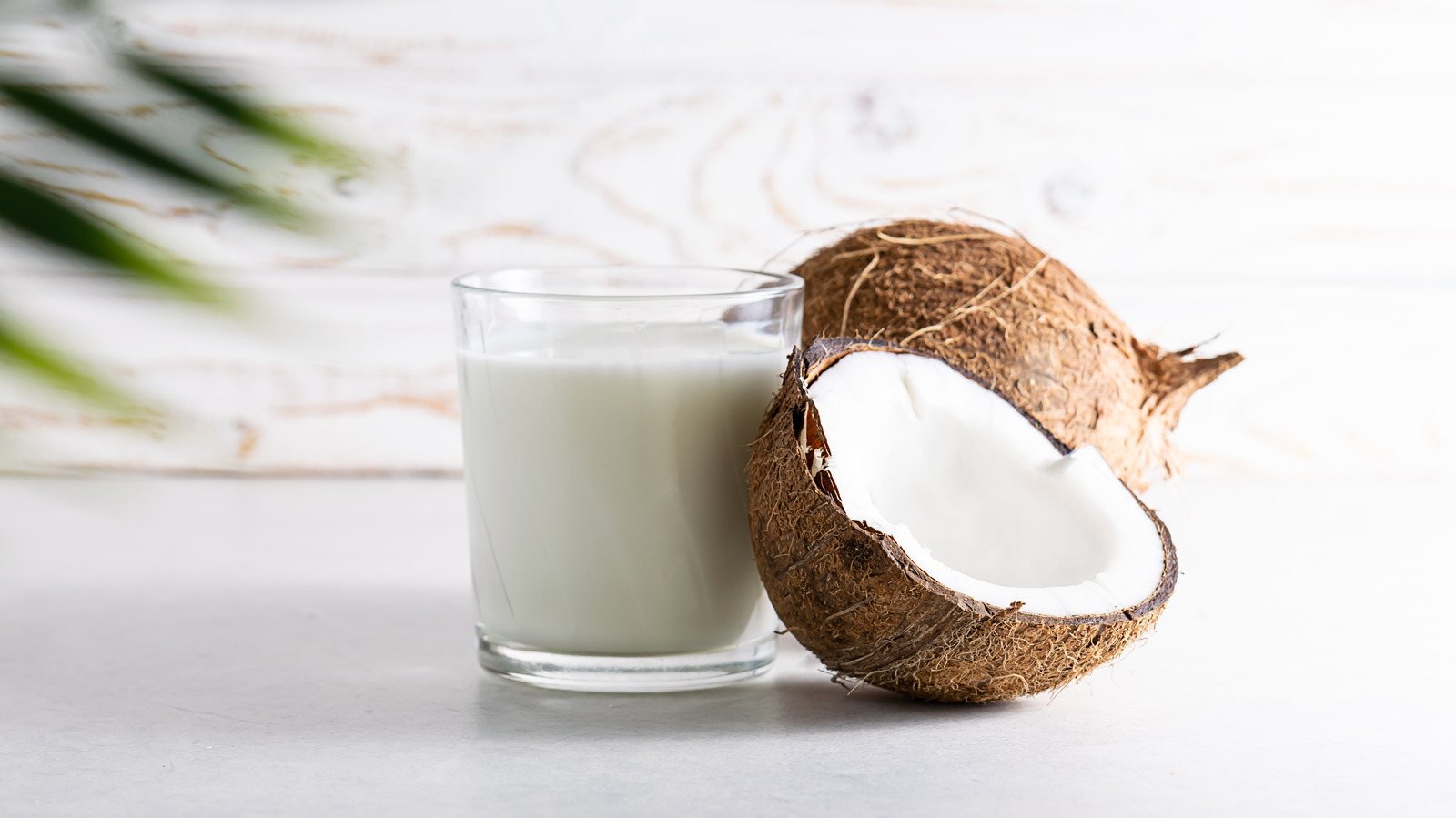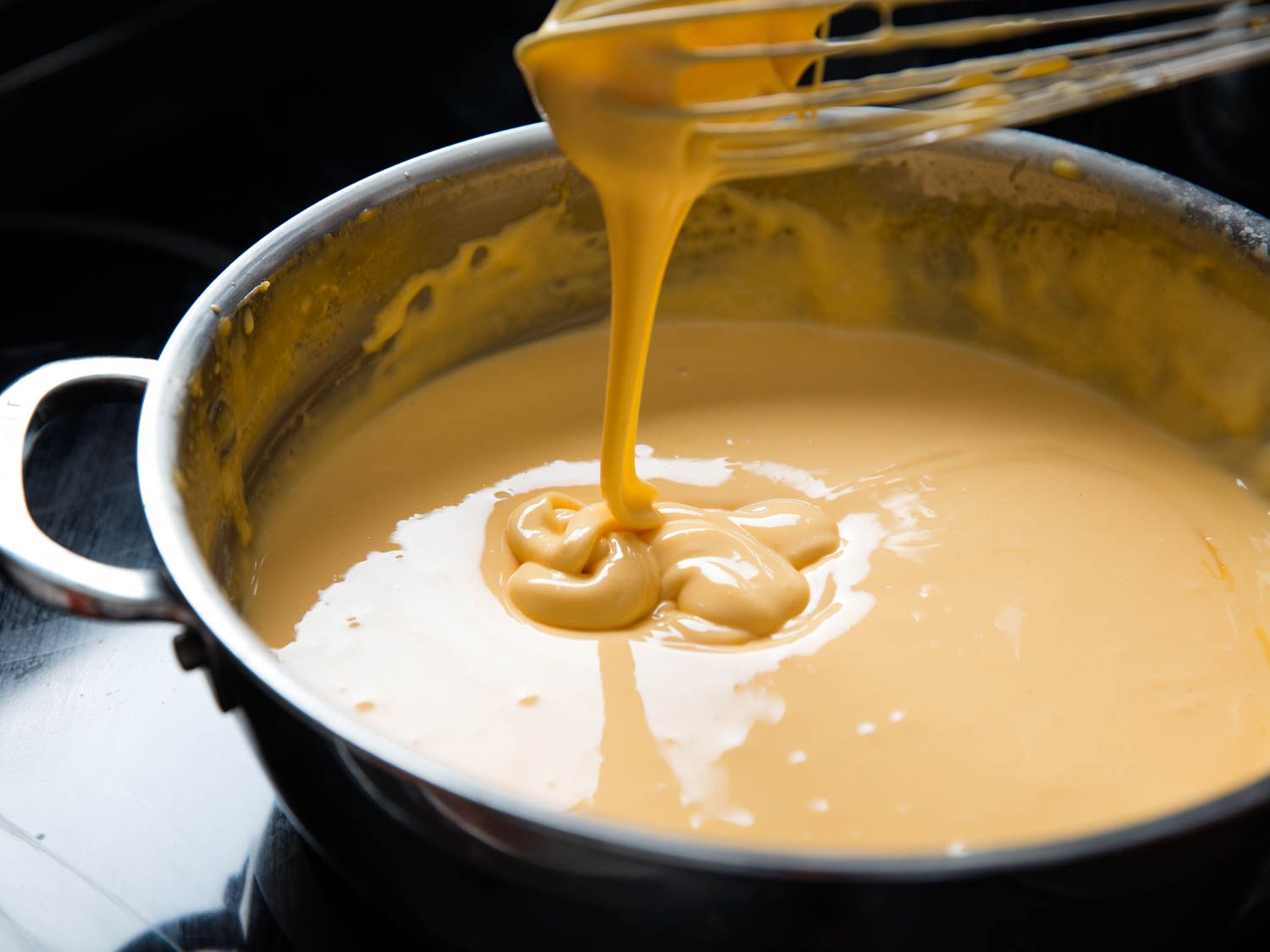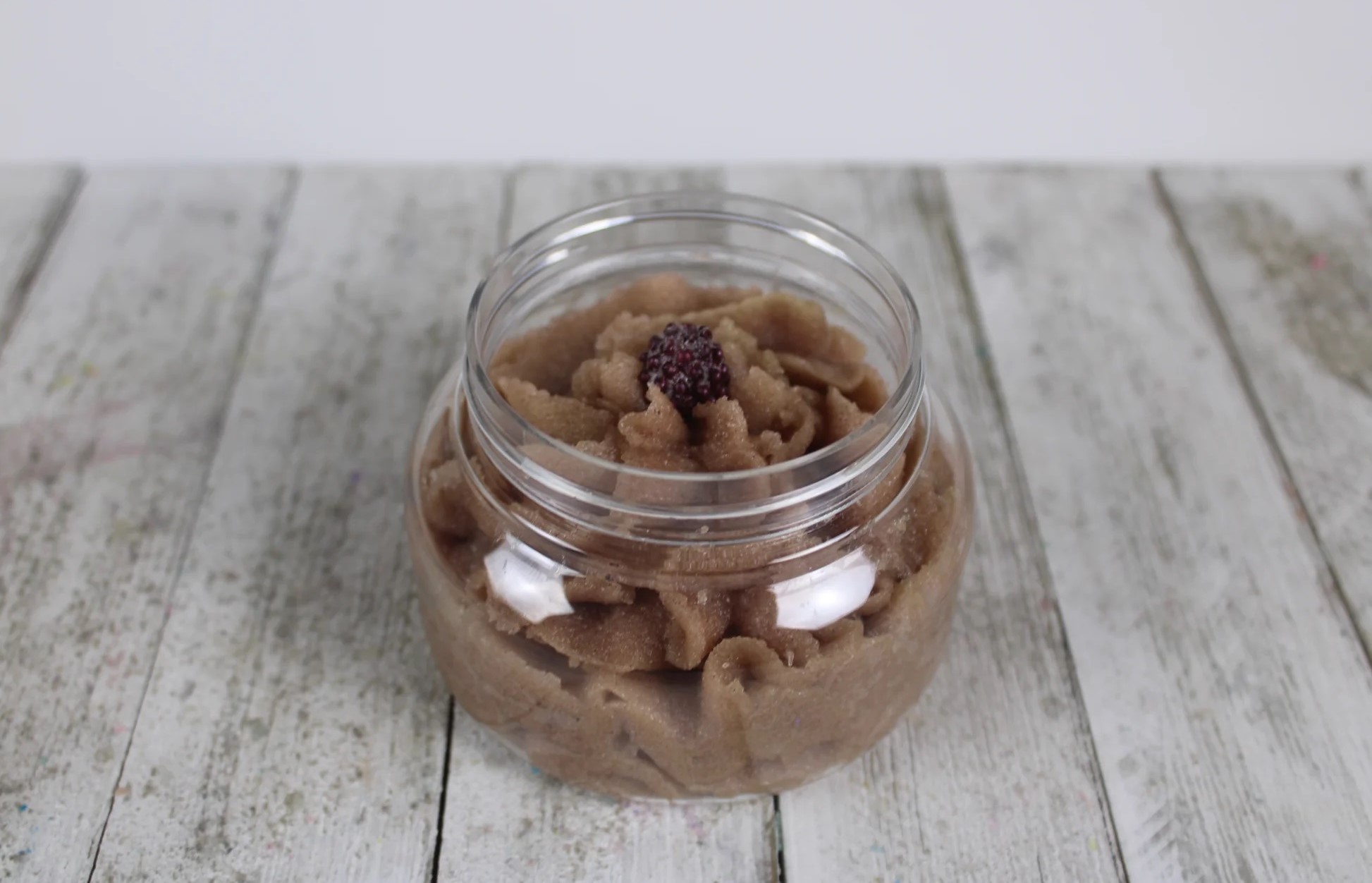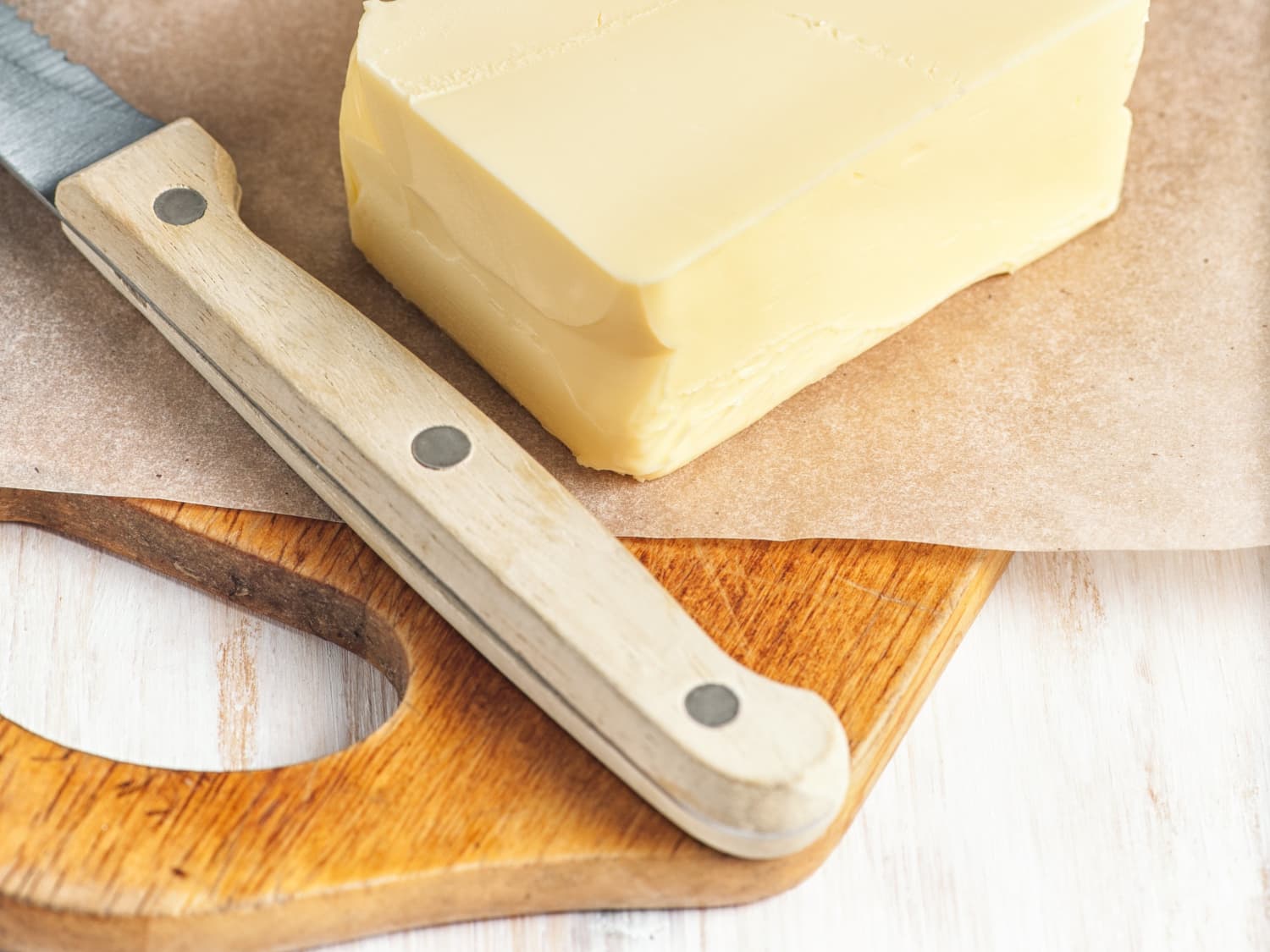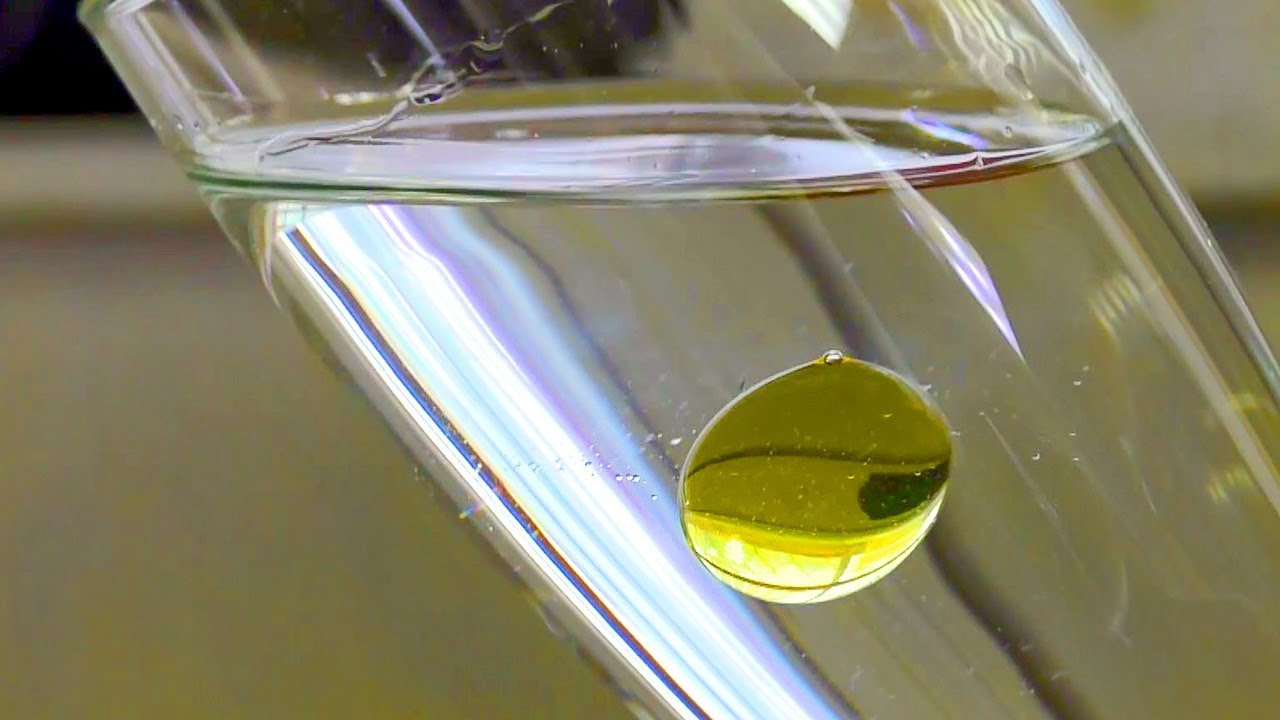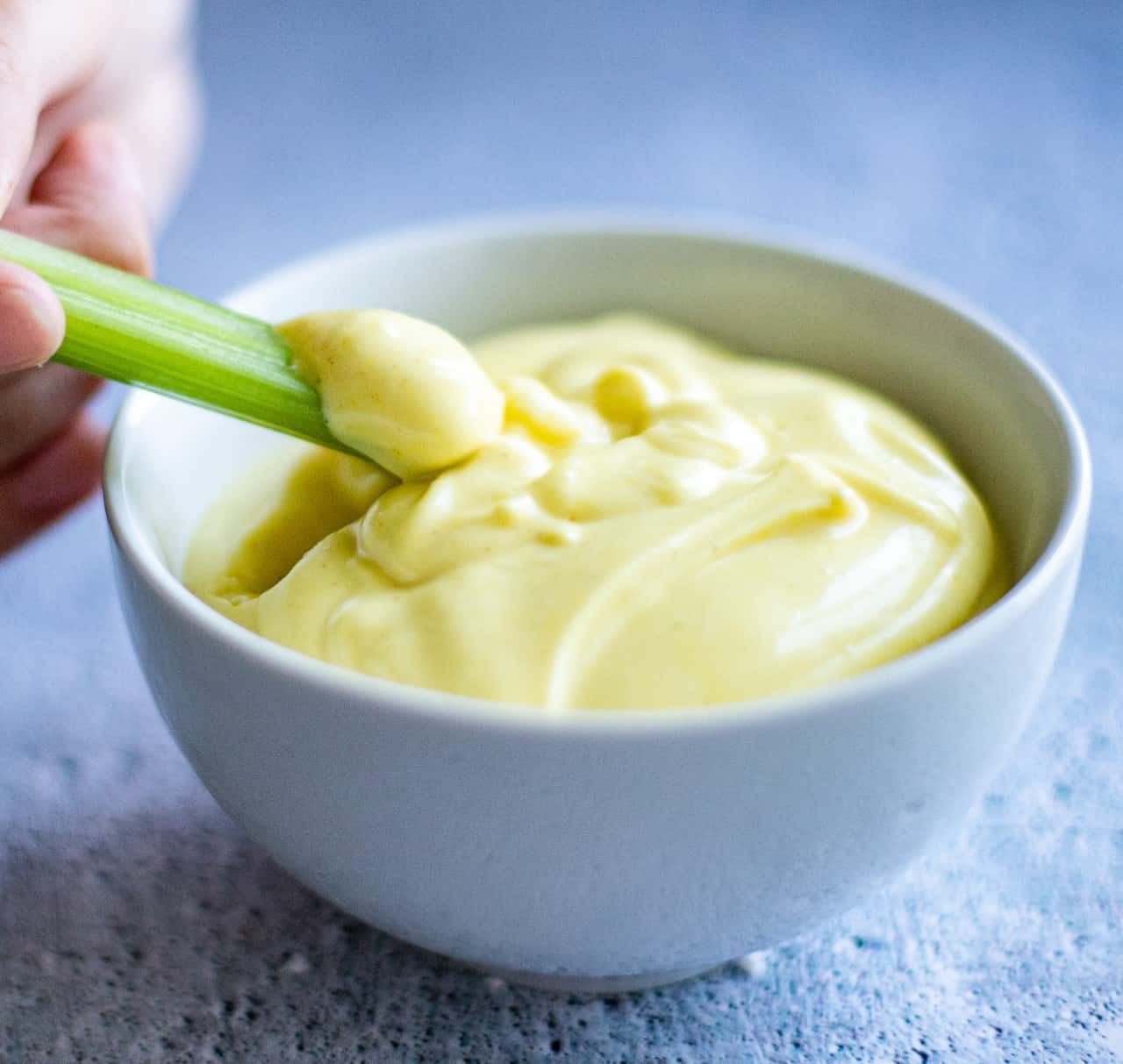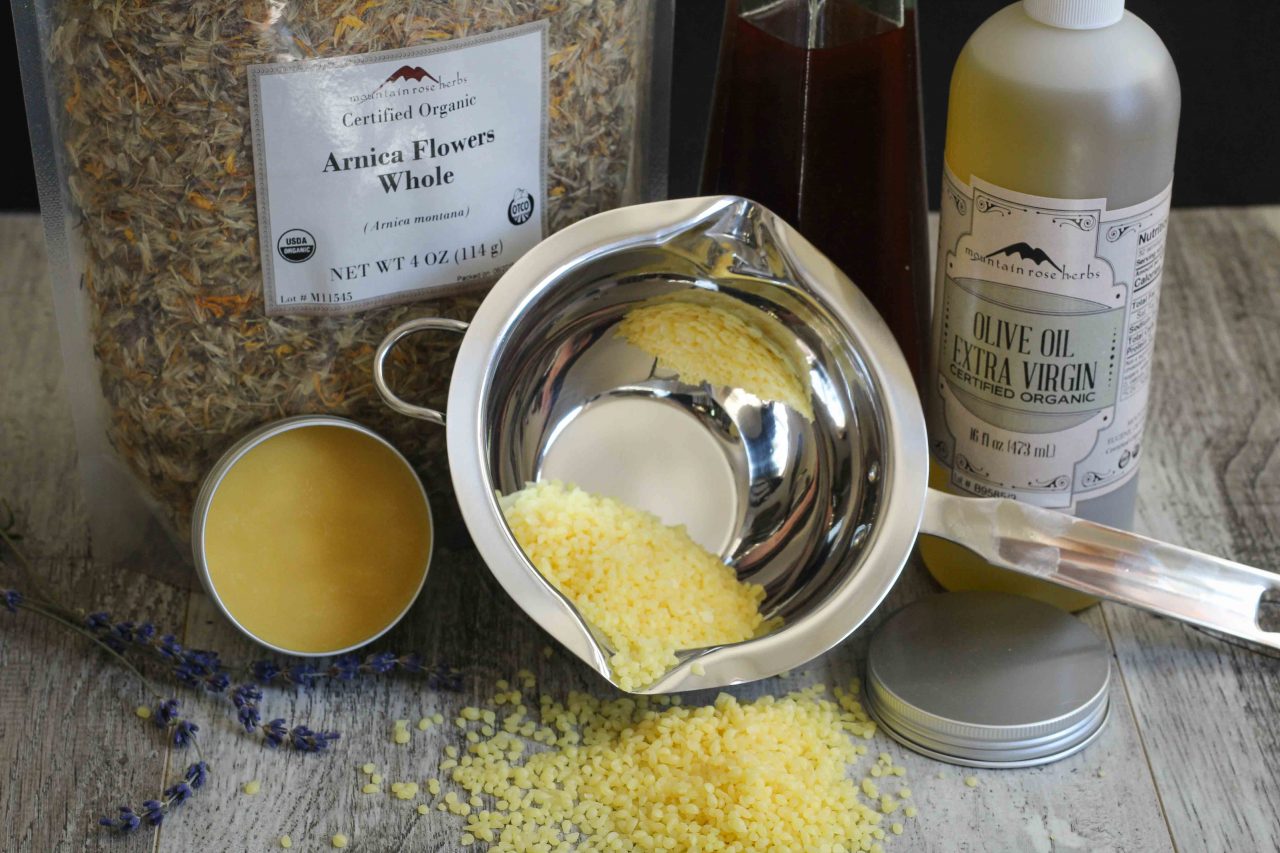Mastering the Art of Emulsifying Scrambled Eggs
Scrambled eggs are a classic breakfast dish that can be enjoyed in a variety of ways. Whether you like them light and fluffy or rich and creamy, the key to achieving the perfect texture lies in the emulsification process. Emulsifying scrambled eggs involves blending the egg mixture to create a smooth, cohesive texture that is both pleasing to the eye and the palate. Here’s how you can master the art of emulsifying scrambled eggs to perfection.
Ingredients You’ll Need
Before you get started, gather the following ingredients:
- Eggs: Use fresh, high-quality eggs for the best results.
- Butter or Oil: Choose your preferred cooking fat to add richness and flavor to the eggs.
- Salt and Pepper: Season the eggs to taste.
- Milk or Cream: Optional, but can be added for extra creaminess.
Step-by-Step Instructions
Follow these steps to emulsify scrambled eggs like a pro:
- Crack the Eggs: Start by cracking the eggs into a bowl. Use about 2-3 eggs per serving.
- Add Seasonings: Season the eggs with a pinch of salt and a dash of pepper. If desired, you can also add a splash of milk or cream for added richness.
- Whisk the Mixture: Use a whisk to beat the eggs until the yolks and whites are well combined. This step is crucial for creating a uniform texture.
- Heat the Pan: Place a non-stick skillet over medium heat and add a pat of butter or a drizzle of oil.
- Pour in the Eggs: Once the pan is hot, pour the egg mixture into the skillet.
- Stir Constantly: Use a spatula to gently stir the eggs as they cook. Keep the eggs moving to ensure even cooking and prevent them from sticking to the pan.
- Remove from Heat: As soon as the eggs are just set, remove the pan from the heat. The residual heat will continue to cook the eggs to perfection.
- Plate and Serve: Transfer the scrambled eggs to a plate and serve immediately. Garnish with fresh herbs or a sprinkle of cheese, if desired.
Tips for Perfectly Emulsified Eggs
Here are some additional tips to help you achieve the ideal texture when emulsifying scrambled eggs:
- Use Low Heat: Cooking the eggs over low heat allows for gentle, even cooking, resulting in a creamy texture.
- Don’t Overcook: Be mindful not to overcook the eggs, as they can become dry and rubbery.
- Experiment with Add-Ins: Get creative with your scrambled eggs by adding ingredients like cheese, herbs, or diced vegetables for extra flavor and texture.
- Quality Ingredients Matter: Start with fresh, high-quality eggs and use a good cooking fat for the best results.
With these tips and techniques in mind, you can elevate your scrambled eggs to a whole new level. Emulsifying the eggs will result in a creamy, luxurious texture that is sure to impress your family and friends at the breakfast table. Experiment with different seasonings and add-ins to customize your scrambled eggs to your liking. With a little practice, you’ll be emulsifying scrambled eggs like a seasoned chef in no time!
Was this page helpful?
Mason868
Access everything you'll ever need for all of your cooking ventures. Whether you're looking for recipes or just want some easy tips to improve your skills


